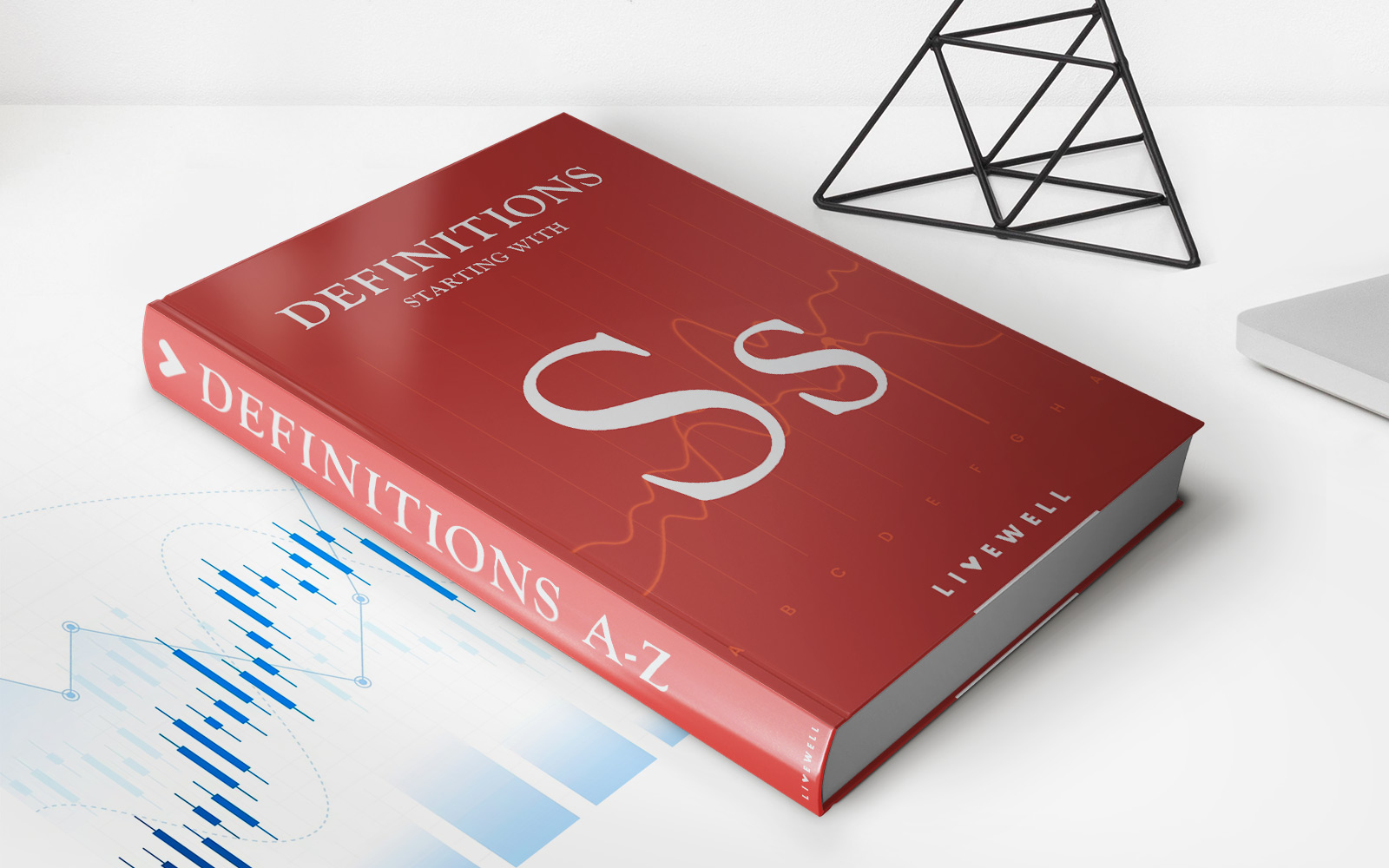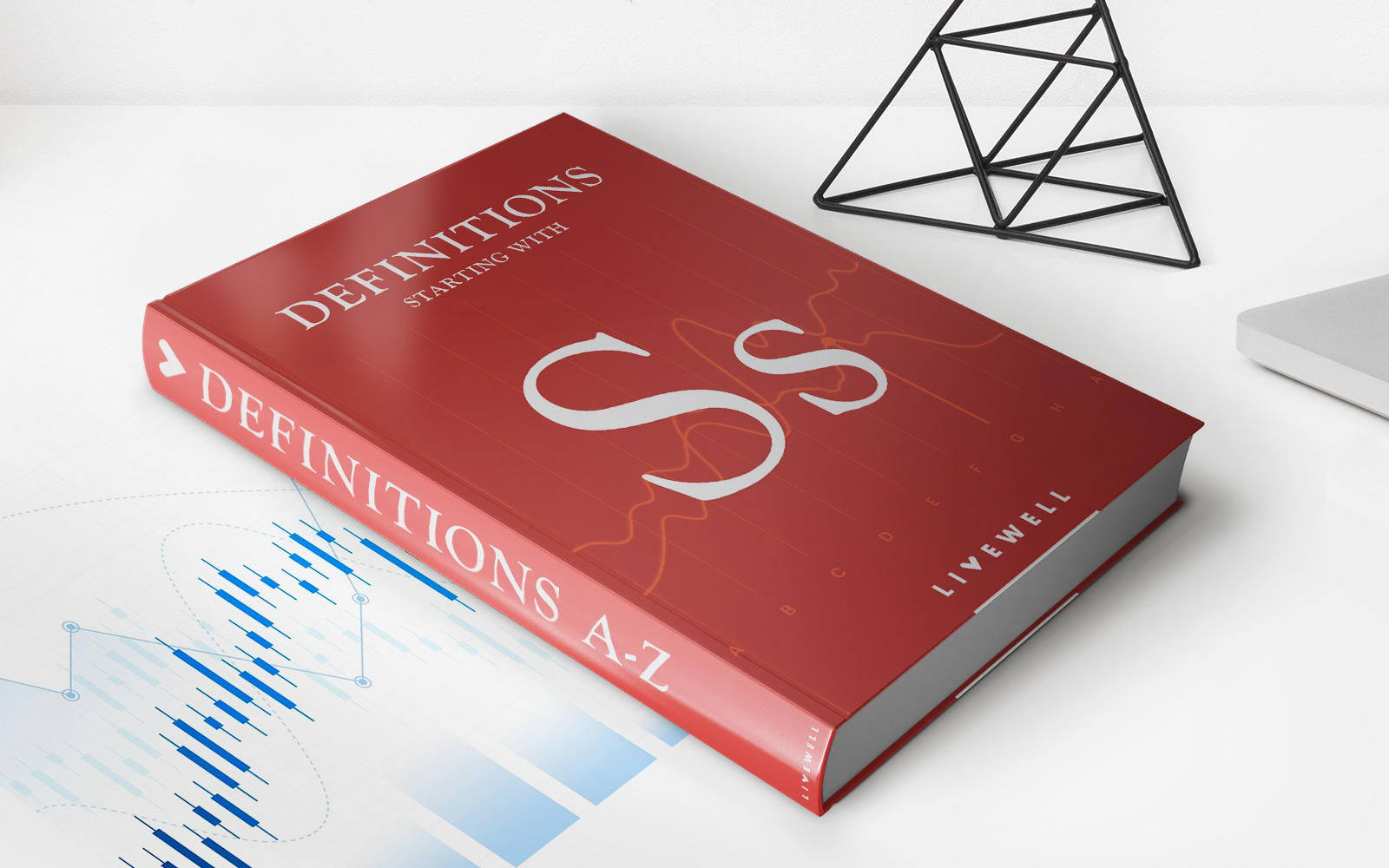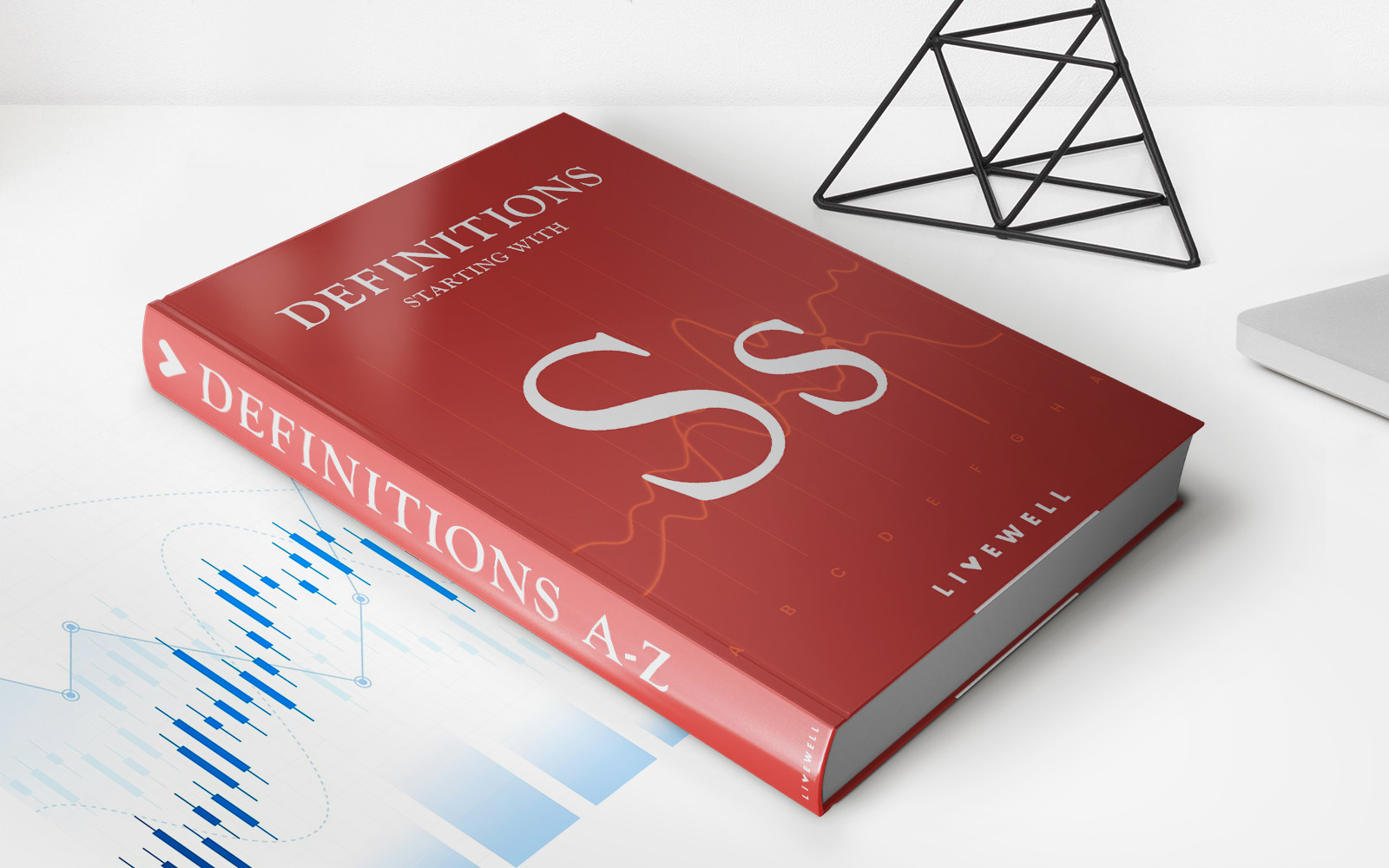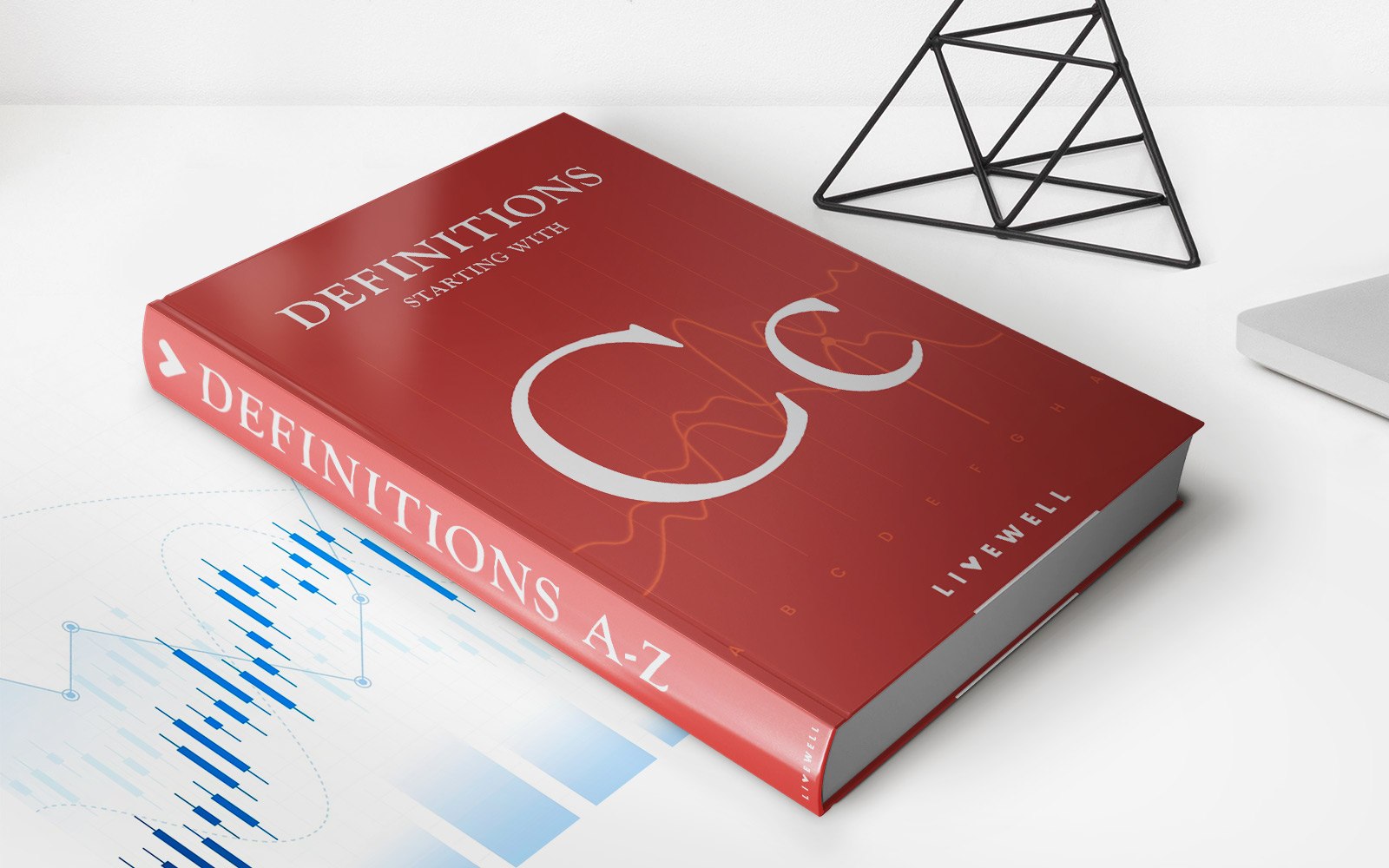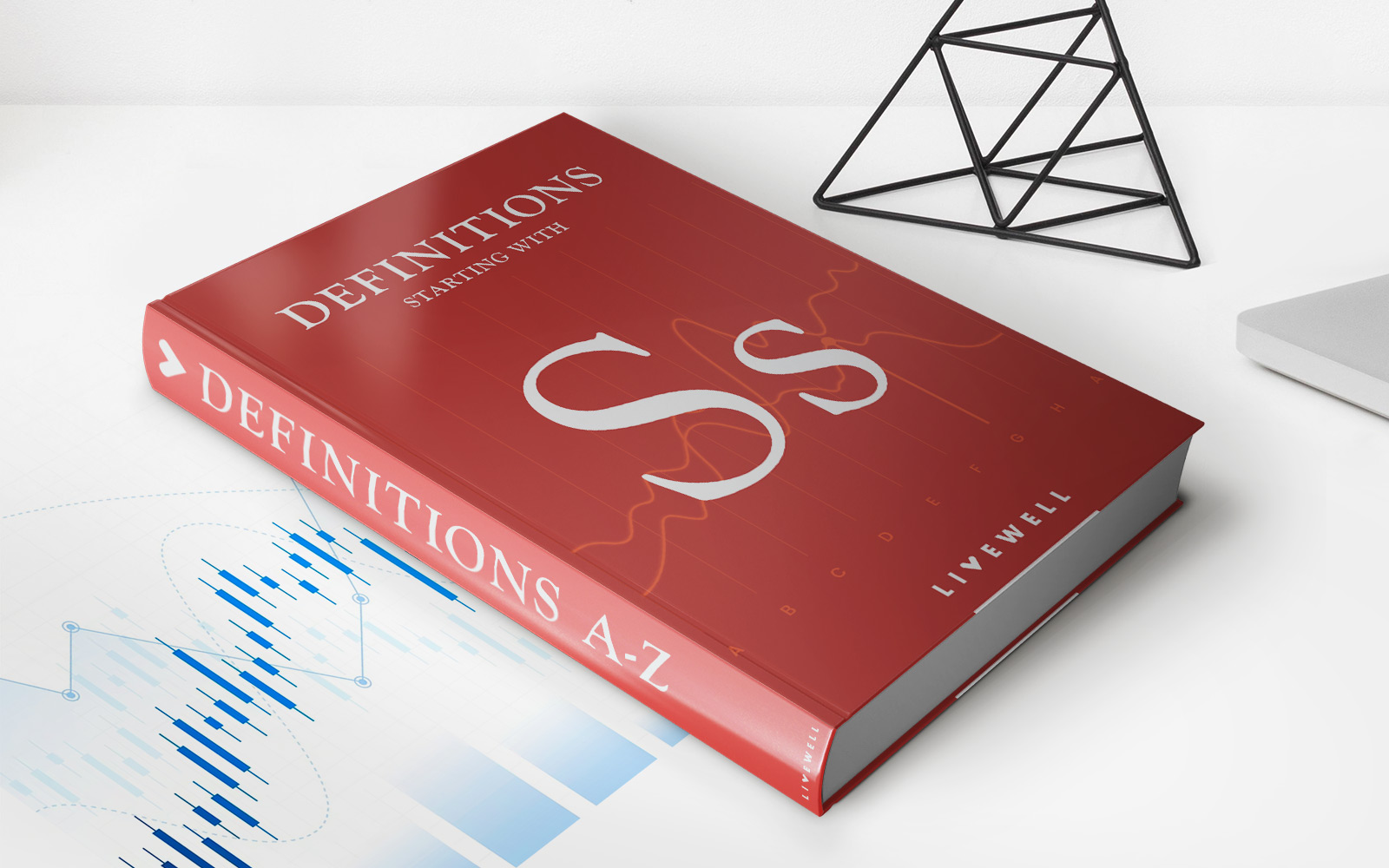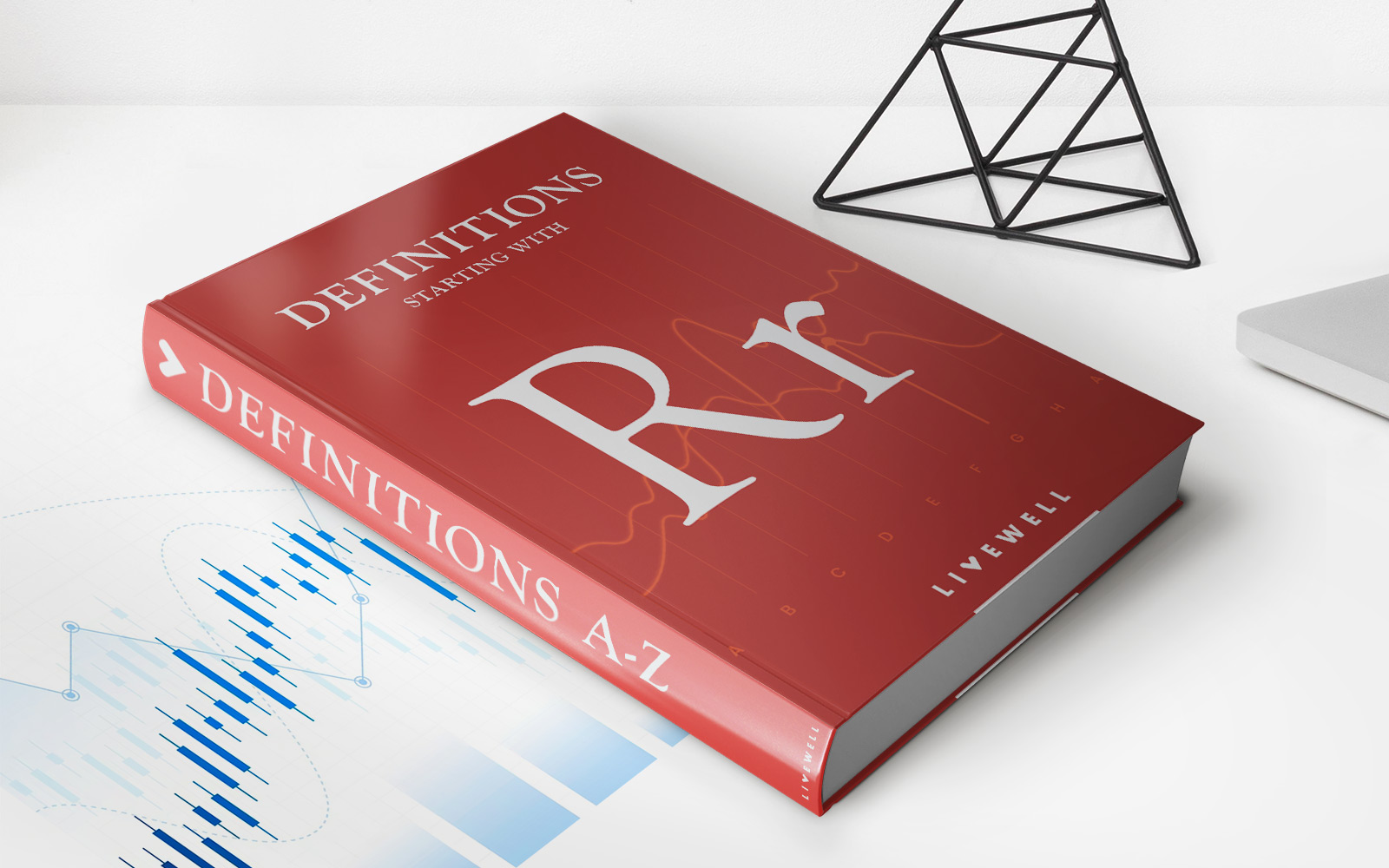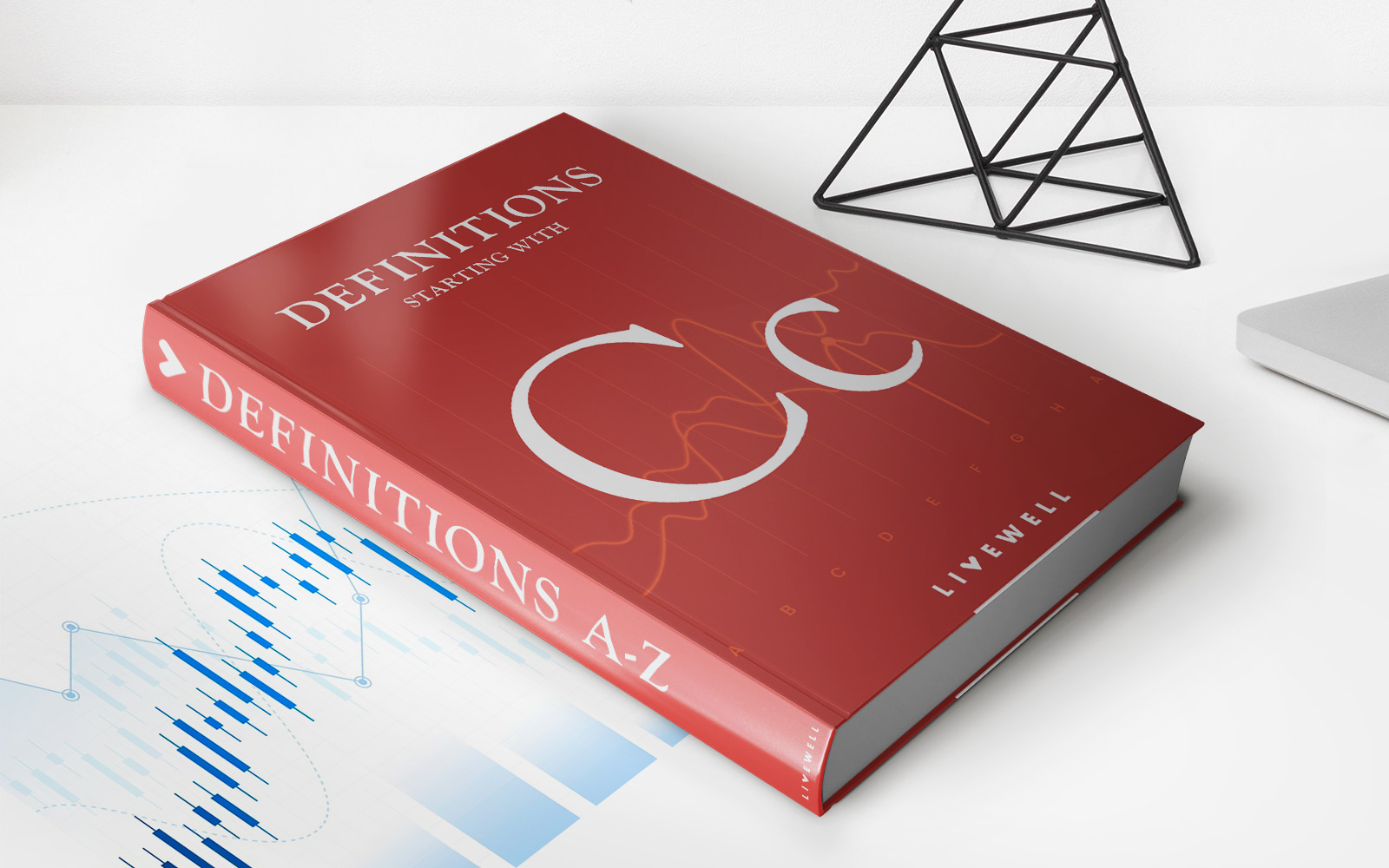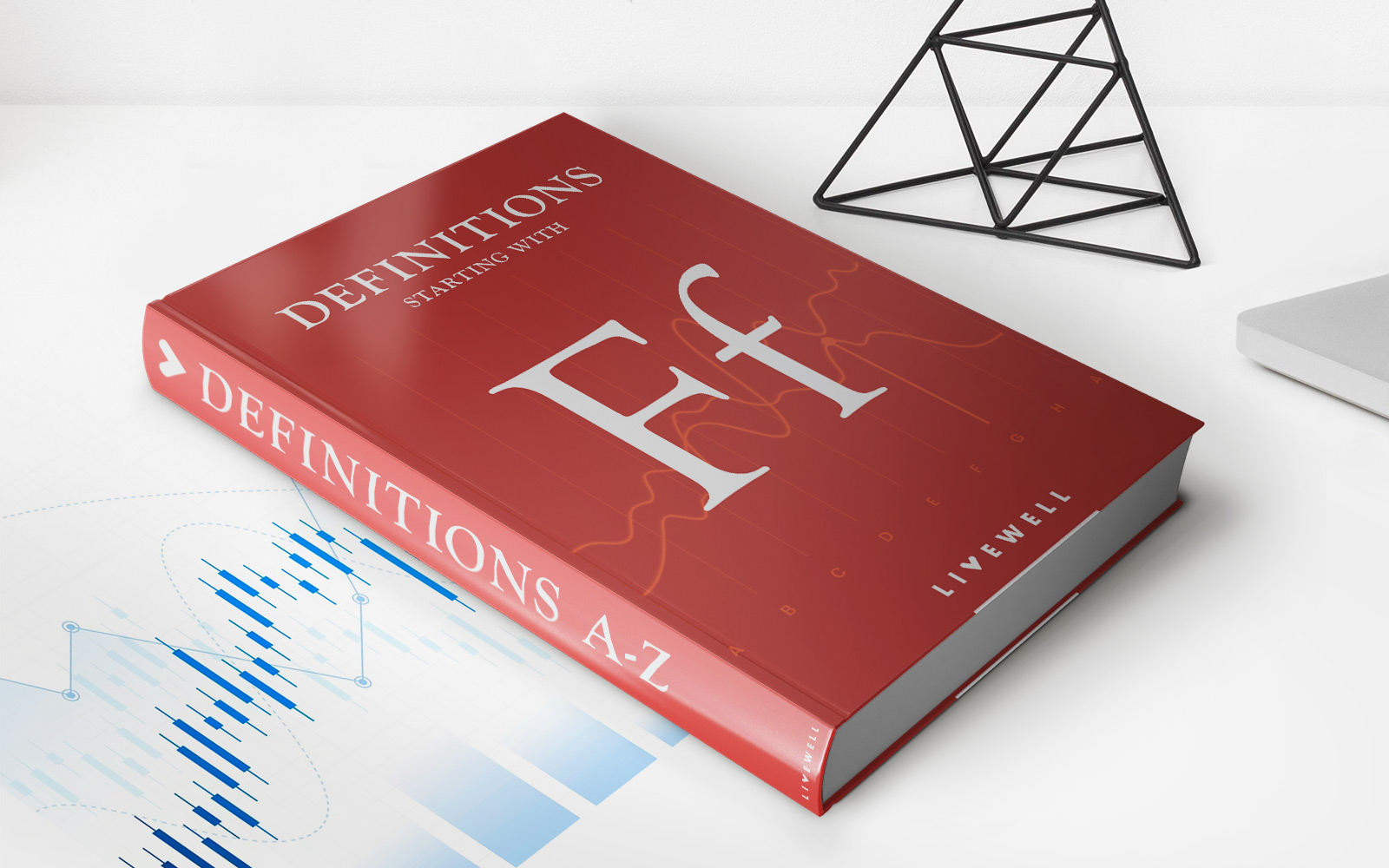Home>Finance>Hard Currency: Definition, Examples, Vs. Soft Currency


Finance
Hard Currency: Definition, Examples, Vs. Soft Currency
Published: December 4, 2023
Discover the definition of hard currency and its examples in finance. Learn the key differences between hard currency and soft currency in the financial world.
(Many of the links in this article redirect to a specific reviewed product. Your purchase of these products through affiliate links helps to generate commission for LiveWell, at no extra cost. Learn more)
Hard Currency: Definition, Examples, Vs. Soft Currency
Welcome to the finance category on our blog! Today, we’re going to dive into the fascinating world of hard currency. Have you ever wondered what exactly hard currency is and how it differs from soft currency? Well, you’re in the right place! In this blog post, we will explore the definition of hard currency, provide examples, and compare it with soft currency.
Key Takeaways:
- Hard currency refers to a globally accepted and stable currency that is widely used in international trading and investment.
- Examples of hard currencies include the United States Dollar (USD), Euro (EUR), Japanese Yen (JPY), British Pound (GBP), and Swiss Franc (CHF).
So, what exactly is hard currency? In simple terms, it is a currency that is globally accepted and considered stable. It has a strong demand and is widely used in international trading and investment. Hard currency is often associated with countries that have strong economies and stable political systems.
Here are a few examples of hard currencies:
- United States Dollar (USD): The USD is one of the most widely recognized and accepted currencies in the world. It is often used as a reserve currency by many central banks and is the primary currency for international trade.
- Euro (EUR): The Euro is the official currency of 19 European Union countries. It is the second most traded currency globally and plays a significant role in international finance.
- Japanese Yen (JPY): The JPY is the official currency of Japan and is widely traded due to Japan’s prominent role in the global economy.
- British Pound (GBP): The GBP is the currency of the United Kingdom and plays a vital role in international finance, particularly in Europe.
- Swiss Franc (CHF): The CHF is the currency of Switzerland and is known for its stability and safe-haven status during times of global economic uncertainty.
Now that we’ve covered the definition and examples of hard currency, let’s understand how it differs from soft currency. Soft currency, also known as weak currency, is generally associated with countries that have less stable economies or political systems. Soft currencies are more susceptible to inflation and volatility in the foreign exchange market.
Here are some key differences between hard currency and soft currency:
- Stability: Hard currencies are considered stable and hold their value over time, while soft currencies may experience high inflation or depreciation.
- Global Acceptance: Hard currencies are widely accepted in international transactions, making them favorable for international trade and investment. Soft currencies may have limited acceptance outside their home countries.
- Exchange Rate: Hard currencies generally have a fixed or stable exchange rate, making them more predictable for businesses involved in international trade. In contrast, soft currencies often have fluctuating exchange rates.
- Investment Appeal: Hard currencies are often seen as safer for investments due to their stability. Soft currencies may present higher risk and uncertainty to investors.
Understanding the difference between hard currency and soft currency is essential for individuals and businesses involved in international trade, foreign investments, or even planning trips abroad. Whether you’re a seasoned investor or simply curious about the world of finance, knowledge of hard currency can help you make informed decisions.
To sum it up, hard currency represents globally accepted and stable currencies used in international trading and investment. Examples of hard currencies include the USD, EUR, JPY, GBP, and CHF. Comparatively, soft currency refers to currencies with less stability, limited acceptance, and higher volatility in the foreign exchange market. Now that you have a better understanding of hard currency, you can navigate the world of finance with confidence!
